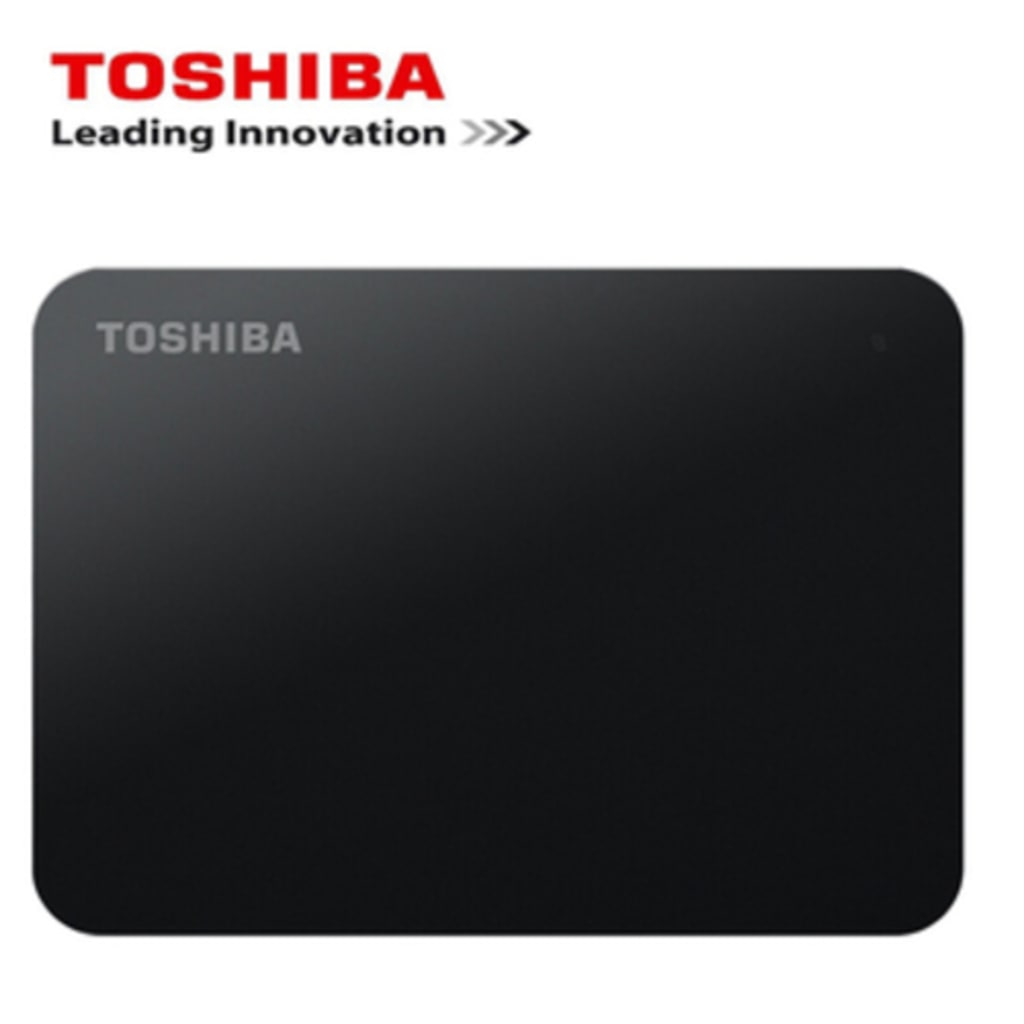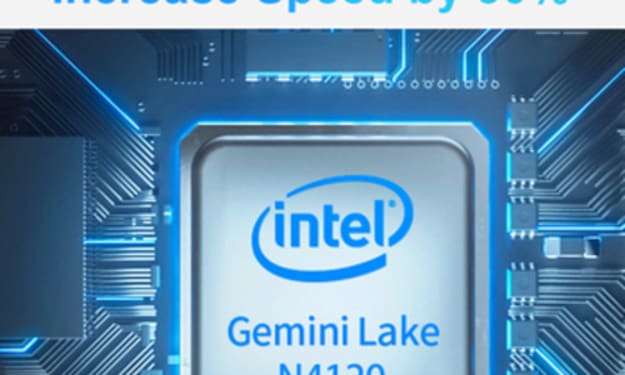The Ins and Outs of Hard Disk Drives: Understanding Storage Technology
HARDDİSK

Introduction:
A hard disk drive (HDD) is a crucial component of any computer system, serving as the primary storage device for all data and files. It consists of one or more disks that are coated with a magnetic material and spin rapidly, with read/write heads positioned above them to access the data. This article will explore the inner workings of hard disk drives and their role in modern computing.
Components of a Hard Disk Drive:
A hard disk drive comprises several key components, including the platters, read/write heads, actuator arm, spindle motor, and controller board. The platters are circular disks coated with a magnetic material and contain the data stored on the drive. The read/write heads, positioned above the platters, read data from and write data to the disks by applying a magnetic field.
The actuator arm, controlled by a voice coil motor, moves the read/write heads across the platters to access the data. The spindle motor rotates the platters at high speeds, typically ranging from 5400 to 7200 revolutions per minute (RPM). The controller board is responsible for managing the data transfer between the drive and the computer's motherboard.
Data Storage and Retrieval:
Data is stored on a hard disk drive in the form of magnetized regions on the platters. These regions are arranged in concentric circles called tracks, which are further divided into sectors. The read/write heads move over the platters to read or write data by changing the magnetic polarity of the regions.
When a computer requests data from a hard disk drive, the read/write heads move to the correct track and sector to read the required data. The controller board manages the data transfer between the drive and the computer's memory, ensuring that the data is transferred quickly and accurately.
Advantages and Limitations:
Hard disk drives offer several advantages over other types of storage, such as solid-state drives (SSDs). They are more cost-effective, offer larger storage capacities, and have a longer lifespan. They also have the advantage of being compatible with older computers and operating systems.
However, hard disk drives also have some limitations. They are more prone to physical damage, such as head crashes, which can result in permanent data loss. They are also slower than SSDs in terms of data transfer speeds and access times, which can result in longer boot and load times.
Conclusion:
Hard disk drives have been a staple of computer storage for many years, and they continue to play a critical role in modern computing. While they have some limitations, they offer a cost-effective and reliable storage solution for most users. As technology continues to evolve, it will be interesting to see how hard disk drives evolve alongside it.
About the Creator
Enjoyed the story? Support the Creator.
Subscribe for free to receive all their stories in your feed. You could also pledge your support or give them a one-off tip, letting them know you appreciate their work.





Comments
There are no comments for this story
Be the first to respond and start the conversation.